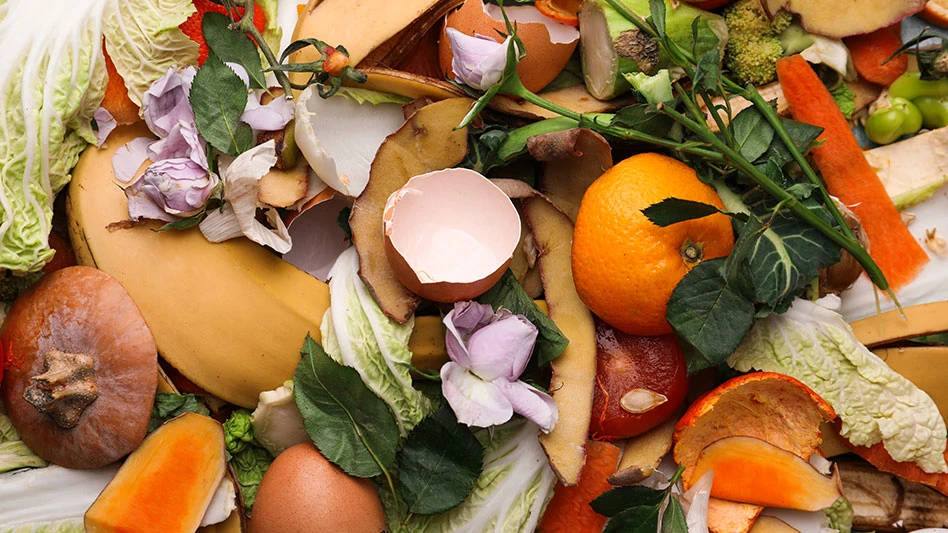
New Africa | stock.adobe.com
According to a report released by ReFed, a nonprofit working to prevent wasting food, in 2022 methane emissions from surplus food in the United States reached nearly four metric tons, representing 14 percent of total U.S. methane emissions.
The report highlights the importance of addressing methane emissions in the near term to mitigate global warming, and the need to prevent food from going to waste in addition to diverting food scraps from landfills.
Methane comes both from the production of food— primarily beef and dairy—where the resources required and emissions produced are for naught when the food is not eaten, and the disposal of food, which accounts for the majority of landfill methane as well as significant release from sewers.
Because so much food ends up in landfills and sewers, the most methane can be avoided by diverting scraps from landfills and other anaerobic environments. However, preventing food from being wasted in the first place not only keeps surplus food out of methane-generating destinations, it also reduces upstream emissions from production and supply chain activities.
The report outlines the following solutions to achieve the greatest methane reduction:
- Recycling infrastructure that diverts organic material from landfill and sewer. Centralized and community recycling solutions such as composting and anaerobic digestion divert food scraps from landfill and present the greatest overall opportunity for reducing total methane emissions—680,000 metric tons per year.
- Consumer-facing education and intervention. Households generate the most surplus food and account for 63 percent of the entire methane footprint of surplus food. Consumer education campaigns, smaller portion sizes, meal kits and standardization of date labels could avoid 463,000 metric tons of methane per year, according to the report.
- Food business efficiency and utilization. Waste prevention strategies implemented by manufacturing, retail and food service businesses can ensure that food moving through the food system is ordered, distributed and stored effectively and that every possible part of the food is utilized.
“Reducing methane emissions now has a cooling effect that will be felt in just a decade or two—which is crucial for limiting near-term warming,” according to the report
Latest from Waste Today
- Yanmar CE launches full line of compact equipment
- EC Waste acquires fellow Puerto Rican hauling firm
- Goldman Sachs Alternatives to acquire Liquid Environmental Solutions
- Block Island Recycling Management Inc. aims to promote environmental stewardship
- Miami region officials seek WTE plant location
- Clean Harbors faces potential penalty for Ohio fatality
- New Hampshire governor signs leachate management bill
- MSS relocates to new facility in Nashville, Tennessee





